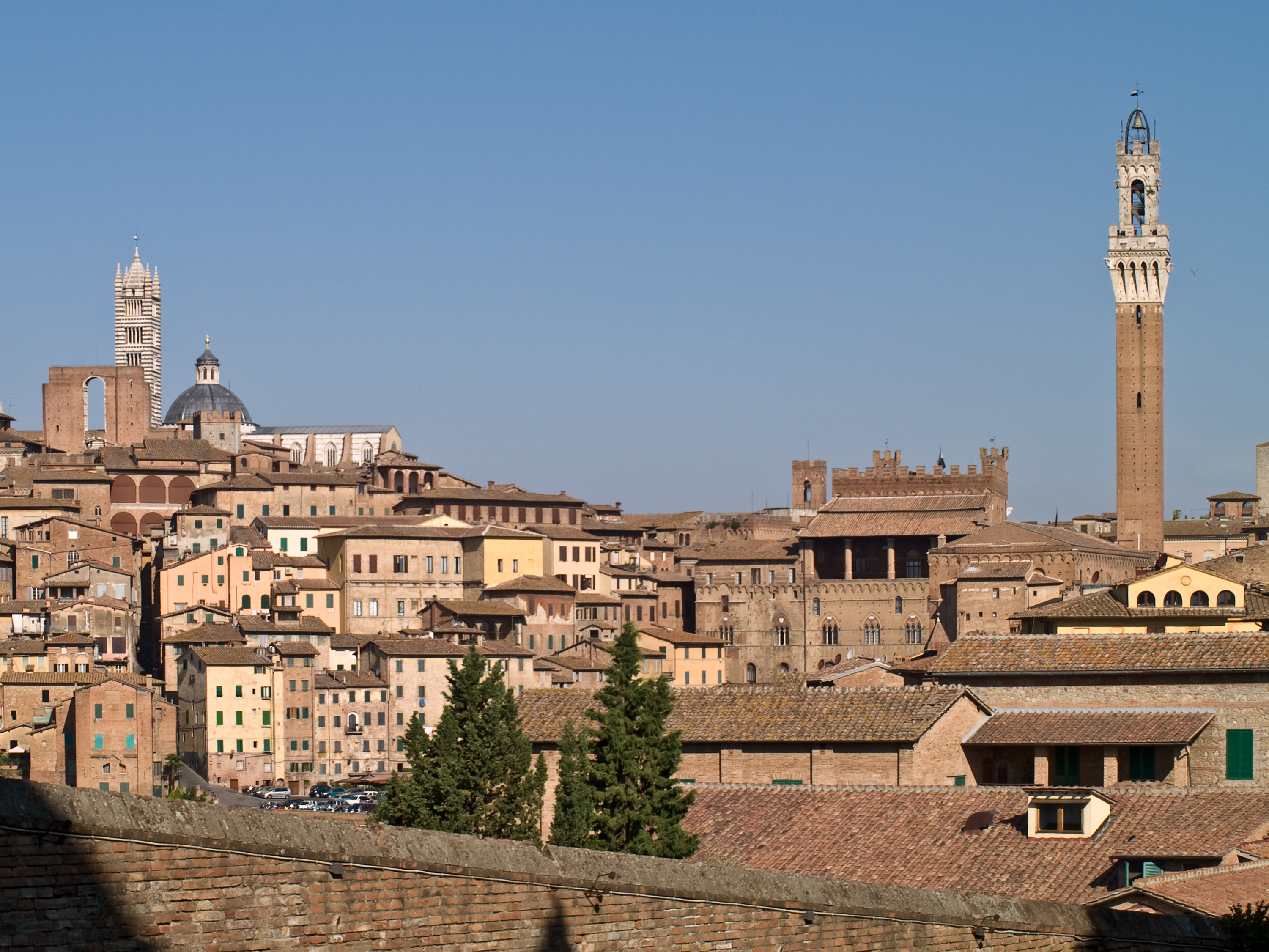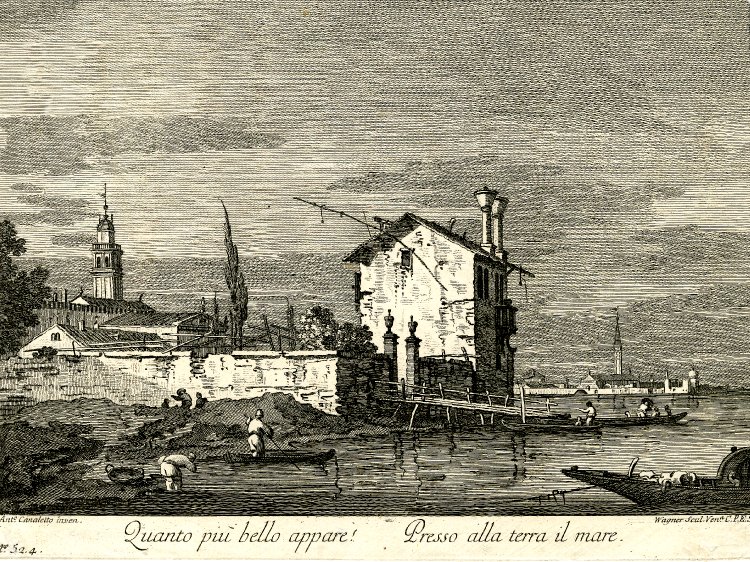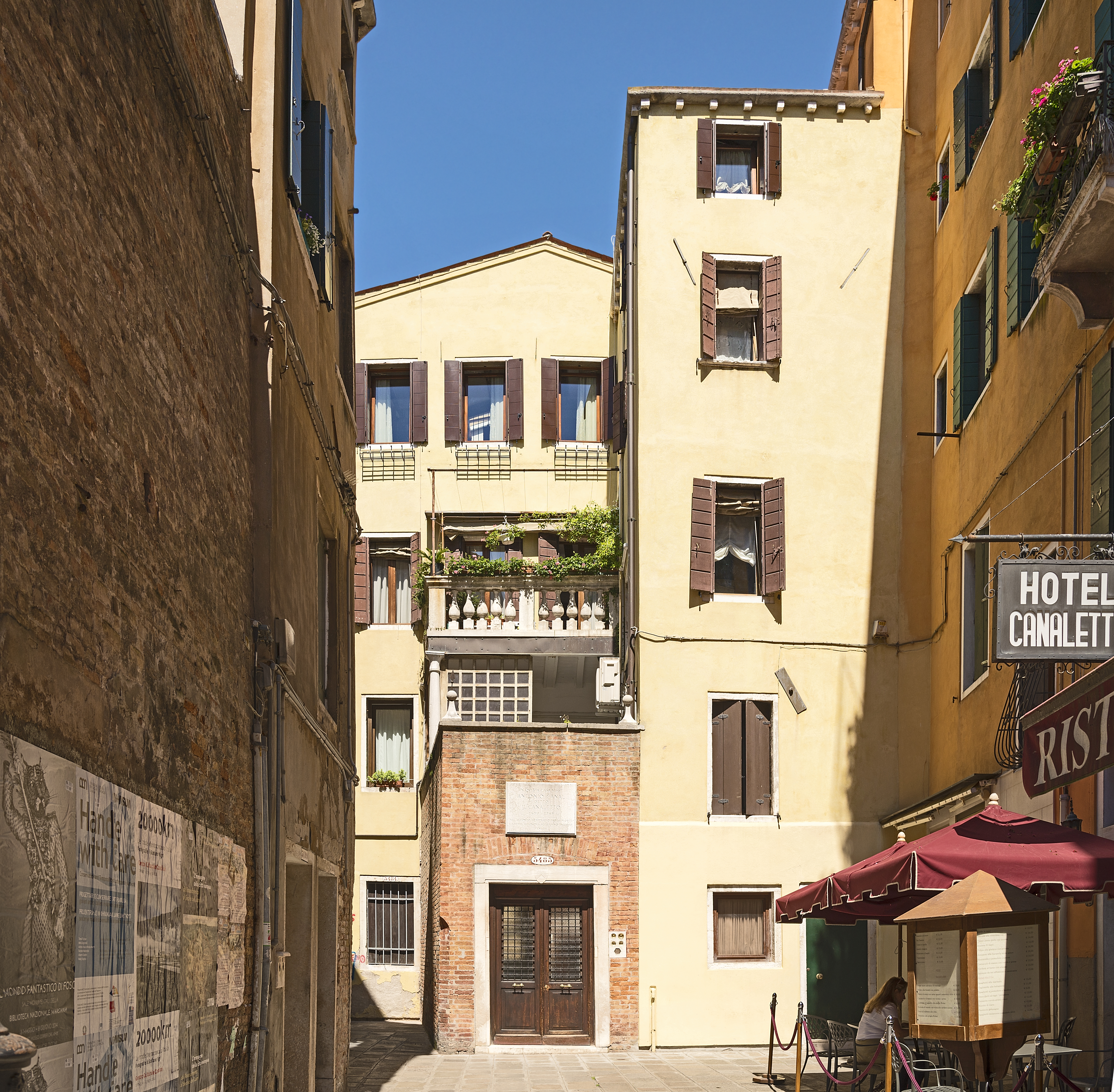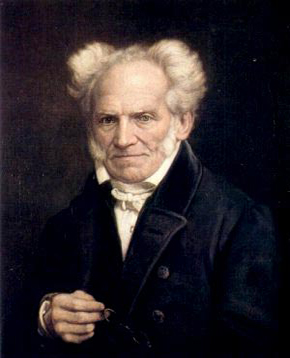|
Fabio Berardi (engraver)
Fabio Berardi (1728–1788) was an Italian engraver of the Baroque period, active in Tuscany. He was born in Siena. He went to Venice when young, and trained under Joseph Wagner. Among other works, he engraved in 1767 a booklet of pictures about the life of emperor Francis I. He also engraved the following: *#''St. Seraphinus worshipping the Cross'' (1767) *#''A Woman sleeping, surprised by a Sportsman'' and ''Four Pastoral Subjects'' after Piazzetta. *#''Isaac blessing Jacob'' and a ''Sacrifice of Gideon'' after Pittoni *#''Jacob and Rachel'' after Giuseppe Varotti *#''Hagar and Ishmael in the Desert'' after J. Varana. *# Six Views in Venice (1742); after Canaletto Giovanni Antonio Canal (18 October 1697 – 19 April 1768), commonly known as Canaletto (), was an Italian painter from the Republic of Venice, considered an important member of the 18th-century Venetian school. Painter of city views or ...; engraved by Berardi and Wagner. Sources * * 1728 births ... [...More Info...] [...Related Items...] OR: [Wikipedia] [Google] [Baidu] |
Baroque
The Baroque (, ; ) is a style of architecture, music, dance, painting, sculpture, poetry, and other arts that flourished in Europe from the early 17th century until the 1750s. In the territories of the Spanish and Portuguese empires including the Iberian Peninsula it continued, together with new styles, until the first decade of the 19th century. It followed Renaissance art and Mannerism and preceded the Rococo (in the past often referred to as "late Baroque") and Neoclassical styles. It was encouraged by the Catholic Church as a means to counter the simplicity and austerity of Protestant architecture, art, and music, though Lutheran Baroque art developed in parts of Europe as well. The Baroque style used contrast, movement, exuberant detail, deep colour, grandeur, and surprise to achieve a sense of awe. The style began at the start of the 17th century in Rome, then spread rapidly to France, northern Italy, Spain, and Portugal, then to Austria, southern Germany, and Rus ... [...More Info...] [...Related Items...] OR: [Wikipedia] [Google] [Baidu] |
Tuscany
it, Toscano (man) it, Toscana (woman) , population_note = , population_blank1_title = , population_blank1 = , demographics_type1 = Citizenship , demographics1_footnotes = , demographics1_title1 = Italian , demographics1_info1 = 90% , demographics1_title2 = , demographics1_info2 = , demographics1_title3 = , demographics1_info3 = , timezone1 = CET , utc_offset1 = +1 , timezone1_DST = CEST , utc_offset1_DST = +2 , postal_code_type = , postal_code = , area_code_type = ISO 3166 code , area_code = IT-52 , blank_name_sec1 = GDP (nominal) , blank_info_sec1 = €118 billion (2018) , blank1_name_sec1 = GDP per capita , blank1_info_sec1 = €31,500 (2018) , blank2_name_sec1 = HDI (2019) , blank2_info_sec1 = 0.907 • 6th of 21 , blank_name_sec2 = NUTS Region , blank_info_sec2 ... [...More Info...] [...Related Items...] OR: [Wikipedia] [Google] [Baidu] |
Siena
Siena ( , ; lat, Sena Iulia) is a city in Tuscany, Italy. It is the capital of the province of Siena. The city is historically linked to commercial and banking activities, having been a major banking center until the 13th and 14th centuries. Siena is also home to the oldest bank in the world, the Monte dei Paschi bank, which has been operating continuously since 1472. Several significant Renaissance painters worked and were born in Siena, among them Duccio, Ambrogio Lorenzetti, Simone Martini and Sassetta, and influenced the course of Italian and European art. The University of Siena, originally called ''Studium Senese'', was founded in 1240, making it one of the oldest universities in continuous operation in the world. Siena was one of the most important cities in medieval Europe, and its historic centre is a UNESCO World Heritage Site. From January until the end of September of 2021 it had about 217,000 arrivals, with the largest numbers of foreign visitors com ... [...More Info...] [...Related Items...] OR: [Wikipedia] [Google] [Baidu] |
Venice
Venice ( ; it, Venezia ; vec, Venesia or ) is a city in northeastern Italy and the capital of the Veneto region. It is built on a group of 118 small islands that are separated by canals and linked by over 400 bridges. The islands are in the shallow Venetian Lagoon, an enclosed bay lying between the mouths of the Po and the Piave rivers (more exactly between the Brenta and the Sile). In 2020, around 258,685 people resided in greater Venice or the ''Comune di Venezia'', of whom around 55,000 live in the historical island city of Venice (''centro storico'') and the rest on the mainland (''terraferma''). Together with the cities of Padua and Treviso, Venice is included in the Padua-Treviso-Venice Metropolitan Area (PATREVE), which is considered a statistical metropolitan area, with a total population of 2.6 million. The name is derived from the ancient Veneti people who inhabited the region by the 10th century BC. The city was historica ... [...More Info...] [...Related Items...] OR: [Wikipedia] [Google] [Baidu] |
Joseph Wagner (engraver)
Joseph Wagner (1706 – 1780) was a highly regarded eighteenth century German engraver and draughtsman. Biography He was born in Thalendorf in Gestratz, on Lake Constance, in 1706. He studied painting at Venice under Jacopo Amigoni, who persuaded him to turn to engraving, and Wagner accompanied Amigoni to Rome and Bologna, and in 1733 to England. He afterwards went to Paris, to study engraving under Laurent Cars. He then made a second stay in England, where his first productions were portraits of the three princesses, Anne, Amelia, and Caroline, the daughters of George ll. He engraved several other plates in England, but returned to Venice, where he opened a school and also carried on a considerable business as a print seller. He died in Munich in 1780. His prints are very numerous, and his students included Francesco Bartolozzi, Antonio Capellan, Fabio Berardi and Jean Jacques Flipart. References *''This article incorporates text from the article'' "Wagner, Joseph" i''B ... [...More Info...] [...Related Items...] OR: [Wikipedia] [Google] [Baidu] |
Giovanni Battista Piazzetta
Giovanni Battista Piazzetta (also called Giambattista Piazzetta or Giambattista Valentino Piazzetta) (February 13, 1682 or 1683 – April 28, 1754) was an Italian Rococo painter of religious subjects and genre scenes. Biography Piazzetta was born in Venice, the son of a sculptor Giacomo Piazzetta, from whom he had early training in wood carving. Starting in 1697 he studied with the painter Antonio Molinari. By Piazzetta's account, he studied under Giuseppe Maria Crespi while living in Bologna in 1703–05, although there is no record by Crespi of formal tutelage. Thanks to Crespi, Carlo Cignani's influence reached Piazzetta. Piazzetta did find inspiration in Crespi's art, in which the chiaroscuro of Caravaggio was transformed into an idiom of graceful charm in his pictures of common folk. He was also greatly impressed by the altarpieces created by another Bolognese painter of a half-century earlier, Guercino. Around 1710, he returned to Venice. There he won recognition as ... [...More Info...] [...Related Items...] OR: [Wikipedia] [Google] [Baidu] |
Giambattista Pittoni
Giambattista Pittoni or Giovanni Battista Pittoni (6 June 1687 – 6 November 1767) was a Venetian painter of the late Baroque or Rococo period. He was among the founders of the Academy of Fine Arts of Venice, of which in 1758 he became the second president, succeeding Tiepolo. Biography Pittoni was born in Venice on 6 June 1687. He studied under his uncle Francesco Pittoni, a well-known but undistinguished painter of the Venetian Baroque; a ''Samson and Delilah'' at the Villa Querini in Visinale, near Pasiano di Pordenone, is signed by both painters. The theory of that Pittoni studied under Antonio Balestra is now generally discounted. Pittoni was unwilling to leave Venice and travelled little; although he received many foreign commissions, no journey in connection with any of them is documented, while from 1720 onwards records show that he was in Venice in every year. However, in 1720 he may have travelled to France with his uncle Francesco, together with Rosalba Ca ... [...More Info...] [...Related Items...] OR: [Wikipedia] [Google] [Baidu] |
Giuseppe Varotti
Giuseppe Varotti (Bologna, 1715- Bologna, 1780) was an Italian painter, active depicting sacred and historical subjects in a late- Baroque or Rococo style. Biography He trained with his father, Pier Paolo Varotti (1686-1732), a follower of Giuseppe Maria Crespi. Giuseppe Varotti painted a ''St Roch'' once in the church of Santa Maria delle Grazie in Carpi. One of his pupils was Jacopo Alessandro Calvi Jacopo Alessandro Calvi (23 February 1740 – 15 May 1815) was an Italian painter and art critic who painted sacred and historical subjects in a late- Baroque style. Biography He was born in Bologna. He became deaf at the age of eight years, and ... (1740-1815). Volume 1, 1846, by Michelangelo Gualandi, M.G., page 28. References < ... [...More Info...] [...Related Items...] OR: [Wikipedia] [Google] [Baidu] |
Canaletto
Giovanni Antonio Canal (18 October 1697 – 19 April 1768), commonly known as Canaletto (), was an Italian painter from the Republic of Venice, considered an important member of the 18th-century Venetian school. Painter of city views or '' vedute'', of Venice, Rome, and London, he also painted imaginary views (referred to as capricci), although the demarcation in his works between the real and the imaginary is never quite clearcut.Alice Binion and Lin Barton. "Canaletto." Grove Art Online. Oxford Art Online. Oxford University Press. Web. 6 Jan. 2017 He was further an important printmaker using the etching technique. In the period from 1746 to 1756 he worked in England where he painted many views of London and other sites including Warwick Castle and Alnwick Castle. He was highly successful in England, thanks to the British merchant and connoisseur Joseph "Consul" Smith, whose large collection of Canaletto's works was sold to King George III in 1762. Early career ... [...More Info...] [...Related Items...] OR: [Wikipedia] [Google] [Baidu] |
1728 Births
Seventeen or 17 may refer to: * 17 (number), the natural number following 16 and preceding 18 * one of the years 17 BC, AD 17, 1917, 2017 Literature Magazines * ''Seventeen'' (American magazine), an American magazine * ''Seventeen'' (Japanese magazine), a Japanese magazine Novels * ''Seventeen'' (Tarkington novel), a 1916 novel by Booth Tarkington *''Seventeen'' (''Sebuntiin''), a 1961 novel by Kenzaburō Ōe * ''Seventeen'' (Serafin novel), a 2004 novel by Shan Serafin Stage and screen Film * ''Seventeen'' (1916 film), an American silent comedy film *''Number Seventeen'', a 1932 film directed by Alfred Hitchcock * ''Seventeen'' (1940 film), an American comedy film *'' Eric Soya's '17''' (Danish: ''Sytten''), a 1965 Danish comedy film * ''Seventeen'' (1985 film), a documentary film * ''17 Again'' (film), a 2009 film whose working title was ''17'' * ''Seventeen'' (2019 film), a Spanish drama film Television * ''Seventeen'' (TV drama), a 1994 UK dramatic short starring Chr ... [...More Info...] [...Related Items...] OR: [Wikipedia] [Google] [Baidu] |
1788 Deaths
Events January–March * January 1 – The first edition of ''The Times'', previously ''The Daily Universal Register'', is published in London. * January 2 – Georgia ratifies the United States Constitution, and becomes the fourth U.S. state under the new government. * January 9 – Connecticut ratifies the United States Constitution, and becomes the fifth U.S. state. * January 18 – The leading ship (armed tender HMS ''Supply'') in Captain Arthur Phillip's First Fleet arrives at Botany Bay, to colonise Australia. * January 22 – the Congress of the Confederation, effectively a caretaker government until the United States Constitution can be ratified by at least nine of the 13 states, elects Cyrus Griffin as its last president.''Harper's Encyclopaedia of United States History from 458 A. D. to 1909'', ed. by Benson John Lossing and, Woodrow Wilson (Harper & Brothers, 1910) p167 * January 24 – The La Perouse expedition in the ''Astrolabe'' and '' Boussole'' arrives ... [...More Info...] [...Related Items...] OR: [Wikipedia] [Google] [Baidu] |
People From Siena
A person ( : people) is a being that has certain capacities or attributes such as reason, morality, consciousness or self-consciousness, and being a part of a culturally established form of social relations such as kinship, ownership of property, or legal responsibility. The defining features of personhood and, consequently, what makes a person count as a person, differ widely among cultures and contexts. In addition to the question of personhood, of what makes a being count as a person to begin with, there are further questions about personal identity and self: both about what makes any particular person that particular person instead of another, and about what makes a person at one time the same person as they were or will be at another time despite any intervening changes. The plural form "people" is often used to refer to an entire nation or ethnic group (as in "a people"), and this was the original meaning of the word; it subsequently acquired its use as a plural form of p ... [...More Info...] [...Related Items...] OR: [Wikipedia] [Google] [Baidu] |



.jpg)





_1938.jpg)